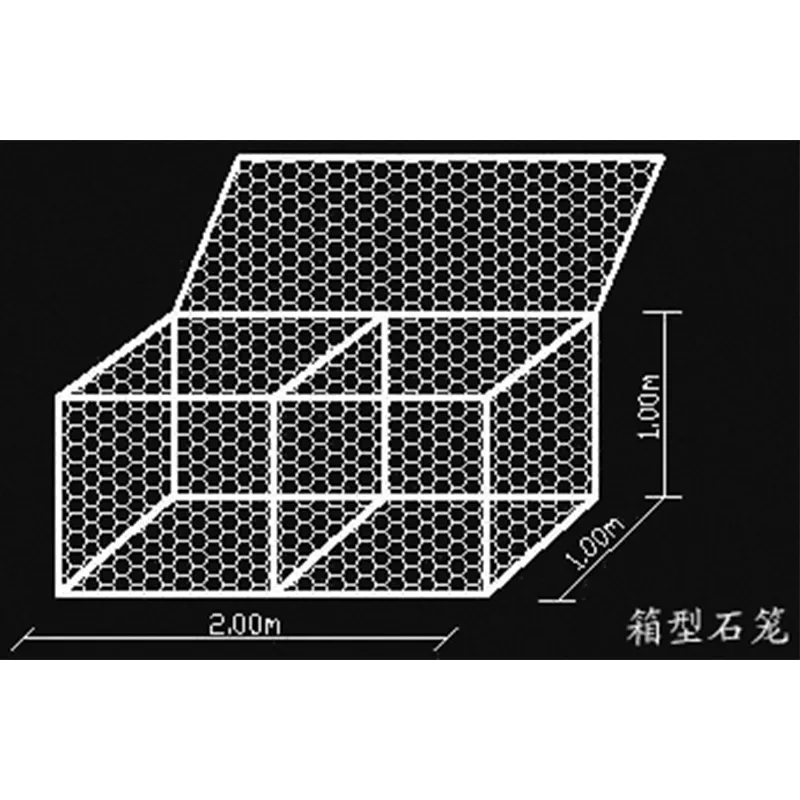Aug . 03, 2024 02:36 Back to list
Crafting Strong Foundations with Durable Building Nails for Every Construction Project Needs
Building Nails The Unsung Heroes of Construction
When one thinks about construction, the grandeur of buildings and intricate designs often take center stage. However, behind every magnificent structure lies a crucial component that binds materials together—nails. These small yet mighty tools have been instrumental in the development and stability of the buildings we inhabit today. In this article, we will explore the significance of building nails, their types, and their evolution in the realm of construction.
The Basics of Building Nails
Nails are typically made from metal and come in various shapes and sizes. The most common type is the common nail, which is used for framing and general construction. Other varieties include finishing nails, which have smaller heads for a neater finish, and roofing nails, designed specifically for attaching shingles. Despite their simplicity, nails play a pivotal role in providing structural integrity and resilience to buildings.
Historical Perspective
Historically, nails have been used for thousands of years, with ancient Egyptians employing handmade copper nails in their constructions. The introduction of iron nails in the Middle Ages marked a significant advancement in building techniques, allowing for stronger and more durable structures. As technology evolved, so did the manufacturing process of nails. By the 19th century, the advent of machinery enabled mass production, making nails more accessible and affordable than ever before.
The Role of Nails in Construction
building nails

Nails serve not only as fasteners but also as critical components in the overall stability of a structure. They penetrate materials firmly, creating a bond that can withstand various forces, including tension, shear, and compression. This bonding property is essential in framing, roofing, and finishing applications. In many cases, the type and size of the nail chosen can directly influence the outcome of a project. For instance, using the wrong nail in a structure can lead to failures, from loose joints to catastrophic collapses.
Moreover, nails contribute to the aesthetic appeal of buildings. Finishing nails, for example, are designed to be driven below the surface of the wood, leaving a clean and polished appearance. This subtlety is often crucial for carpenters and builders who aim to deliver not just functionality but also beauty in their projects.
Innovations in Nail Technology
With the continuous advancements in construction technology, nails have also seen innovations. Pneumatic nail guns have revolutionized the industry, allowing for faster and more efficient fastening in various projects. These tools increase productivity, reducing the time and labor required for construction. Additionally, the development of specialized nails, such as corrosion-resistant types for outdoor applications, has improved durability and longevity.
The emergence of eco-friendly options made from sustainable materials caters to the growing demand for green building practices. Companies are now exploring alternative materials in nail production, focusing on minimizing environmental impact while maintaining performance.
Conclusion
Though they may seem trivial compared to beams, bricks, and walls, building nails are indeed the unsung heroes of construction. They provide the strength, support, and aesthetic appeal that transform raw materials into livable spaces. As technology progresses and the construction industry evolves, the importance of nails remains steadfast. Their ability to adapt and enhance architectural designs ensures they will continue to play a vital role in building the future. So, the next time you admire a beautifully constructed building, take a moment to appreciate the small but mighty nails that hold it all together.
-
The Role of Field Wire Fence in Grassland Conservation
NewsJul.15,2025
-
Stainless Steel Razor Wire Durability in Coastal Environments
NewsJul.15,2025
-
Enhancing Home Security with Mesh Fences
NewsJul.15,2025
-
Diamond Mesh Wire for Small Animal Enclosures
NewsJul.15,2025
-
Common Wire Nail Tensile Strength Testing for Woodworking
NewsJul.15,2025
-
Barbed Wire Corrosion Resistance Galvanization Techniques
NewsJul.15,2025









